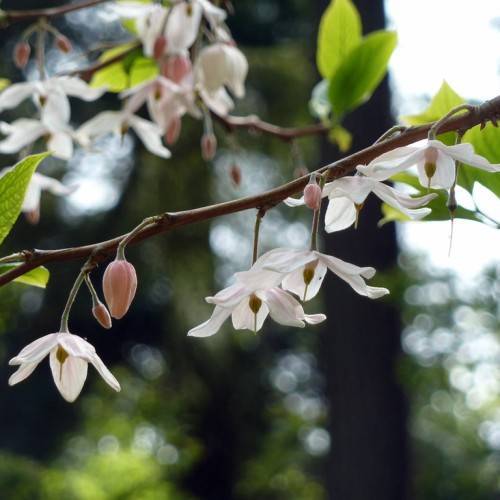
Chinese parasol
Melliodendron xylocarpum
Cycle:
Annual
Watering:
Frequent
Hardiness Zone:
3
Flowers:
Flowers In Spring
Sun:
Full sun, Part sun/part shade
Fruits:
Fruits In Summer Ready In
Leaf:
Yes
Growth Rate:
High
Drought Tolerant:
Yes
Salt Tolerant:
Yes
Thorny:
Yes
watering
Water black medic plants regularly throughout the growing season, ensuring that the soil remains moist but not soggy. During the spring, water your plants every 7-10 days, making sure to water deeply. As summer arrives, reduce the amount of water to every 10-14 days. In the fall, reduce the frequency of watering to every 14-21 days, again ensuring the soil moisture level is consistent.
sunlight
Black medic (Medicago lupulina) is a hardy annual plant species that thrives in full sun locations. It requires at least 6 hours of direct sunlight each day, preferably 8 to 10 hours to ensure healthy growth and flowering. It can grow in partial shade locations, however it may experience slower growth and fewer blooms if not provided with the adequate amount of sunlight. To thrive, Black medic will need 6 or more hours of direct sunlight each day in the conditions it has adapted to, which usually include cooler temperatures and longer than normal daylight hours in the early-to-mid growing season.
pruning
Black medic (Medicago lupulina) requires minimal pruning. Pruning should only be done when necessary, such as to remove dead or dying branches or to reduce the density if the plant is becoming too thick. Pruning can also be used to encourage more blooming, but this should be done in the spring, after the cold winter weather is past. Pruning should not be done in the late summer or fall as this can stimulate late growth, which is more susceptible to winter damage. Lighter, selective pruning of up to 10-15% of the plant can be done in the spring, but heavier pruning should be avoided.
